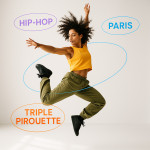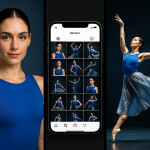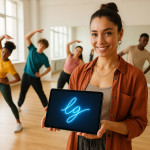Inclusion first: captioned videos and alt text widen access to your dance work
Captioned videos and rich alt text are no longer “nice-to-have” extras: they are essential tools for reaching every potential fan, recruiter and collaborator. In this guide, you will learn why accessibility boosts visibility, how to add captions and descriptions that impress both humans and algorithms, and the simple workflows that keep your creative focus on choreography—not compliance.
Why accessibility equals opportunity
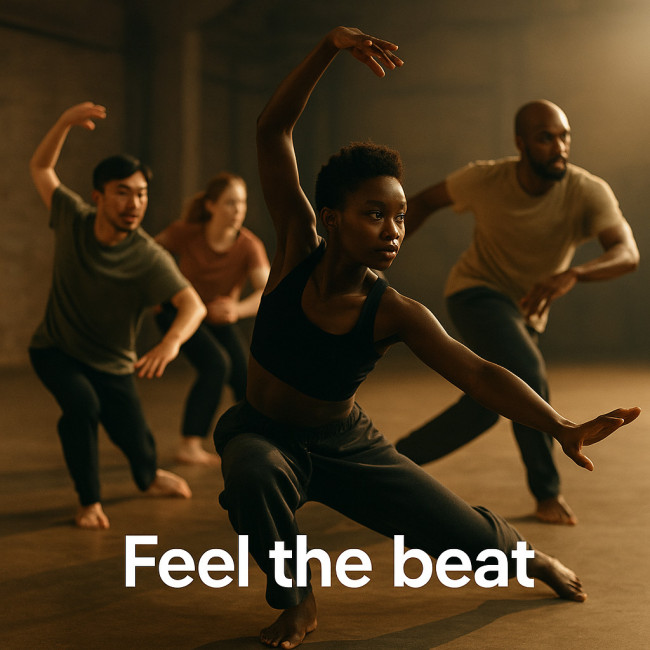
About 1.5 billion people worldwide live with some degree of hearing or vision loss. Add to that the millions who scroll on mute or browse with slow connections, and you realise how many viewers never experience your dance work unless you provide text alternatives. Platforms reward inclusive media: captioned videos typically earn 12 % longer watch time on Facebook and see a 16 % lift in engagement on Instagram.
Source : 3Play Media
The two pillars: captions and alt text
Closed or open captions?
- Closed captions (CC) can be toggled on/off and are preferred on YouTube, Vimeo and TikTok.
- Open captions are burned into the video—great for Instagram Reels where CC buttons are tiny.
Always export an SRT or VTT file even for open-caption projects. You can recycle it for subtitles in other languages.
Alt text for stills and cover images
Alt text is read by screen readers and indexed by search engines. Keep it under 140 characters; lead with the action, then style specifics: “Dancer performs a slow arabesque in neon pink lighting.” This concise approach outranks keyword stuffing while giving blind users meaningful context.
Step-by-step caption workflow
- Script or outline first. If your choreography features narrative, jot down beats so the captions stay rhythmic.
- Auto-generate, then edit. Premiere Pro, CapCut or YouTube Studio can transcribe quickly, but you must correct timing, names and dance-specific vocabulary.
- Describe sound cues. Write “[Foot stomp]” or “[Audience cheering]” so Deaf viewers feel the energy shifts.
- Export SRT. Keep a naming convention: “Project_Title-en-2024-04.srt”.
- Upload to social platforms. Each new edit or teaser gets its own synced file.
Writing vivid alt text
| Do | Don't |
|---|---|
| “Two wheelchair dancers spin in perfect unison under blue spotlights.” | “Beautiful dancers on stage.” |
| Lead with movement, then costumes or mood. | Front-load brand hashtags or camera gear. |
| Mention props or set pieces if critical to story. | List colours without context. |
Need fresh language ideas? Browse our guide on inclusive wording that resonates and adapt the tone to your descriptions.
Toolbox: affordable apps and plugins
- Veed.io – drag-and-drop caption styling for Reels and TikTok.
- Subtitle Edit – free desktop tool for frame-accurate timing.
- WAVE Web Accessibility Evaluation – chrome extension to audit alt text gaps on your portfolio.
Combine these with caption-friendly framing techniques to keep text clear even during fast footwork.
SEO bonus: how accessibility raises your ranking
Google rewards pages that help users finish content. Captions provide extra indexable text; descriptive alt text boosts image search traffic. Dancers who optimise media often notice a 20 % rise in organic clicks within six weeks. Pair your alt attributes with smart keyword tags to maximise discoverability.
Beyond compliance: building community
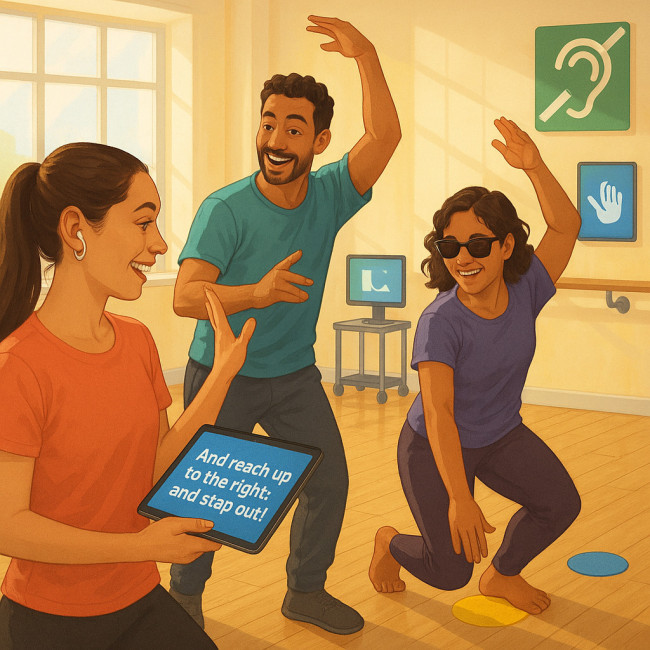
Accessible media signals respect. Deaf and blind artists seek collaborators who already practise inclusion, and sponsors value social impact. When you upload your next teaser to the male dancer talent directory, the built-in auto-caption feature lowers bounce rates and keeps recruiters watching long enough to click “Contact”.
Common mistakes to avoid
- Tiny subtitle fonts. Stick to 48-56 pt for mobile playback.
- White text on white costumes. Add a semi-transparent background.
- Alt text duplicating the file name. Describe the image; do not repeat “IMG_4568”.
Case study: 30-day accessibility makeover
Freelance hip-hop crew UrbanPulse added English captions and bilingual alt text to their showreel playlist. Within a month they landed two corporate gigs and attracted 40 % more saves on Instagram. They combined accessibility tweaks with screen-reader-ready pages and now rank for “inclusive urban dance act”.
Quick self-assessment quiz
FAQ
- Do captions need to include on-screen text?
- Yes. Captions should reflect all meaningful text, signage or lyrics so Deaf viewers receive identical information.
- Can automatic captions replace human editing?
- No. Auto tools misinterpret dance terminology and proper names. Always proofread and adjust timings.
- How often should I audit alt text on my portfolio?
- Review quarterly, or whenever you upload new galleries. Regular checks keep you compliant with evolving WCAG standards.
- Will captions hurt my creative aesthetic?
- Not if styled thoughtfully. Custom fonts, colour blocks and strategic positioning integrate captions into your visual identity.
Take action today
Next time you export a rehearsal clip, attach an SRT. Update three hero images with concise alt text. Share the result and track your analytics; you will see longer watch times and broader reach. Ready for deeper optimisation? Download our free checklist and join a community already turning inclusive media into new bookings.
Accessible dance is discoverable dance—start captioning now.
